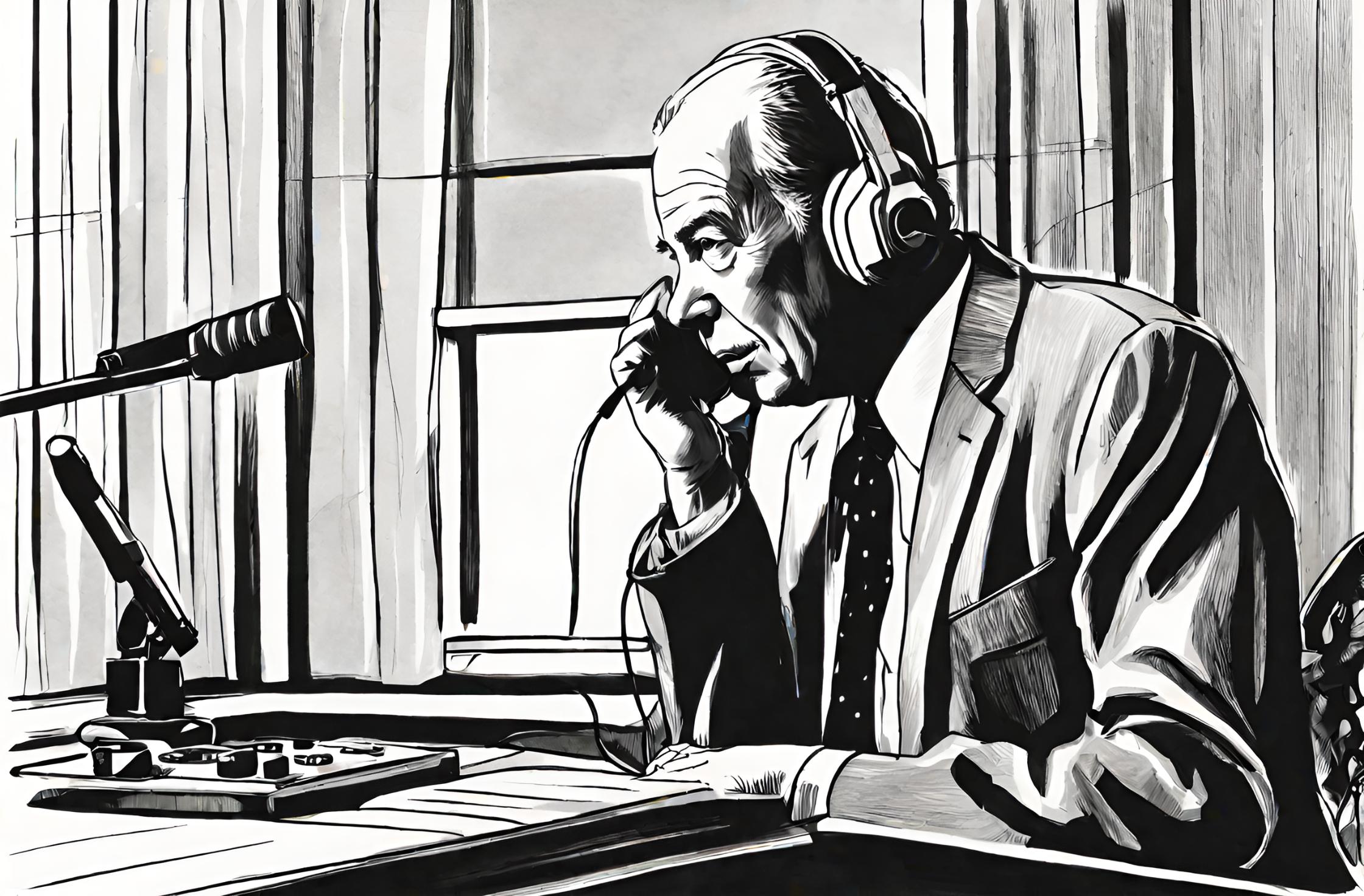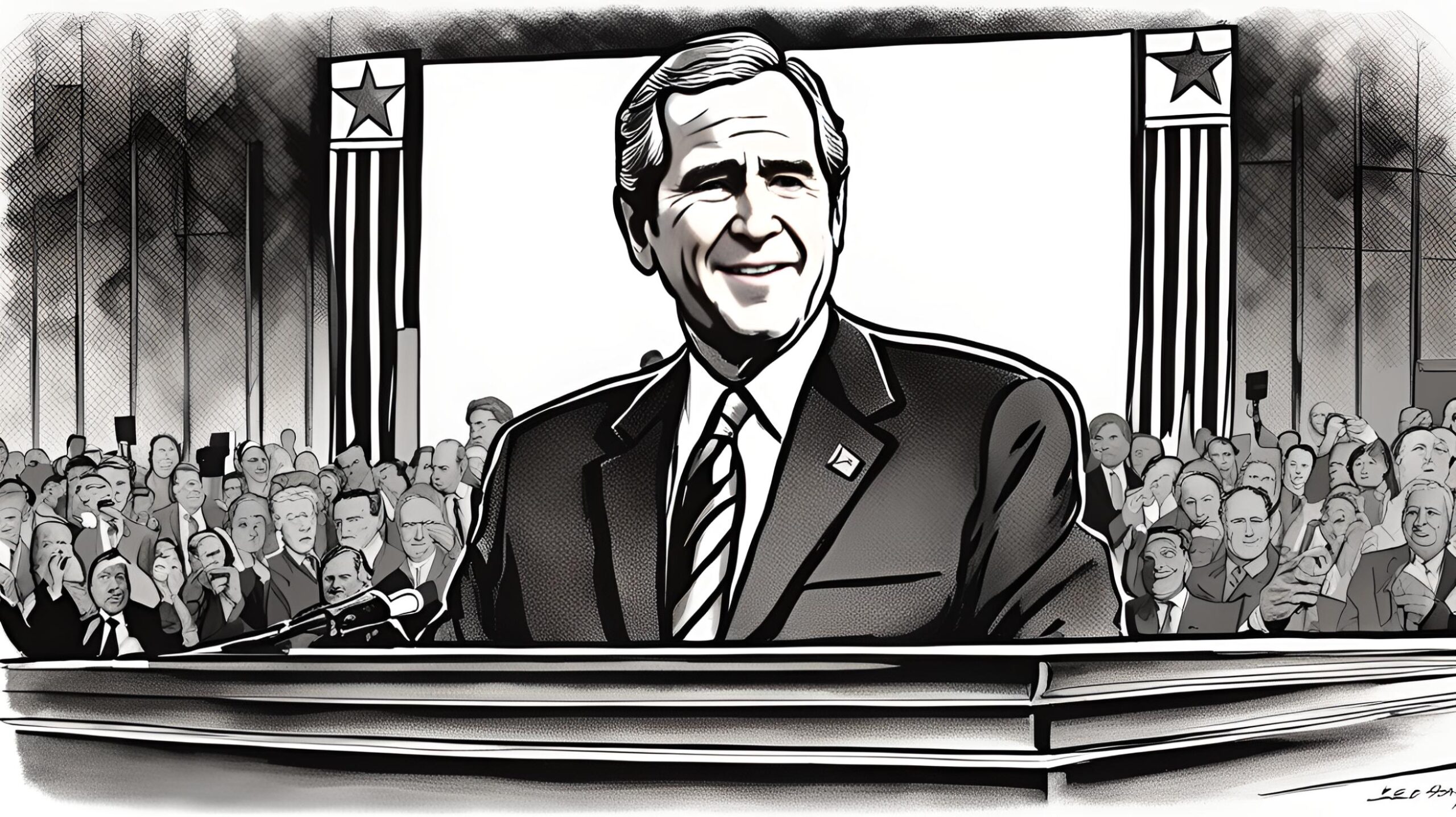Flashback to June 12
American History

1935
Inventor Edwin Armstrong gives the first public demonstration of FM broadcasting in the United States
Read moreOn June 11, 1935, a groundbreaking event took place in Alpine, New Jersey – Inventor Edwin Armstrong gave the first public demonstration of FM broadcasting in the United States. This demonstration marked a major milestone in the history of radio technology and laid the foundation for the development of high-quality, interference-free broadcasting.
Edwin Armstrong was a prolific inventor and engineer who made significant contributions to the field of radio communication. In the early 1930s, he began working on a new broadcasting technology called Frequency Modulation (FM). FM broadcasting differed from the more commonly used Amplitude Modulation (AM) in its ability to provide higher fidelity audio and resistance to static interference.
The demonstration, held at Alpine, New Jersey, showcased Armstrong’s FM broadcasting technology to an audience of engineers, industry professionals, and members of the press. The event aimed to highlight the superior audio quality and lack of interference that FM offered compared to the existing AM broadcasting.
During the demonstration, Armstrong transmitted live performances from various musicians and vocalists, showcasing the clarity and richness of sound that FM broadcasting provided. The reception of these performances was exceptionally clear, without the typical crackling, fading, and interference associated with AM broadcasting.
One of the most notable aspects of FM technology demonstrated by Armstrong was its resistance to atmospheric and electrical interference. This interference, which often affected AM signals, caused poor sound quality and limited the range of radio transmissions. FM’s ability to overcome these challenges opened up new possibilities for long-distance transmissions and improved audio fidelity.
Following the successful demonstration in Alpine, New Jersey, Armstrong dedicated his efforts to advancing FM technology further. He sought to overcome the challenges of limited range and lacked support from existing AM broadcasters who saw FM as a threat to their established market.
In 1945, the Federal Communications Commission (FCC) approved the allocation of frequency bands for commercial FM broadcasting, paving the way for its gradual adoption across the United States. However, in 1946, the FCC moved the FM radio spectrum from 42-50 MHz to the current 88-108 MHz range. This change rendered all existing FM radios obsolete by 1948, causing significant financial losses for Armstrong and the early adopters of FM technology.
Armstrong filed a series of lawsuits against RCA and others, accusing them of trying to undermine FM technology to protect their AM investments. Unfortunately, the prolonged legal battles took a heavy toll on Armstrong, both financially and personally. On January 31, 1954, Edwin Armstrong tragically took his own life.
Armstrong’s wife, Marion, continued his legal battles and eventually secured a favorable settlement in the 1960s. Her efforts helped ensure that Armstrong’s contributions to radio technology were recognized and validated.
Today, FM broadcasting is the standard for most commercial radio stations worldwide. It provides listeners with high-quality, static-free audio and a wide range of programming options. The advancements made by Edwin Armstrong continue to shape the radio broadcasting industry, ensuring that audiences have access to clear, enjoyable, and uninterrupted radio content.
Inventor Edwin Armstrong’s groundbreaking demonstration of FM broadcasting in Alpine, New Jersey, on June 11, 1935, marked a significant milestone in radio technology. This demonstration showcased the superior audio quality and lack of interference provided by FM broadcasting compared to the existing AM technology. Armstrong’s innovations laid the foundation for the widespread adoption of FM broadcasting and continue to shape the radio industry to this day. The event’s influence on radio technology cannot be overstated, as it opened up new possibilities for long-distance transmissions and ensured high-quality audio for listeners worldwide.
We strive for accuracy. If you see something that doesn't look right, click here to contact us!
Sponsored Content

Texas Governor George W.…
On June 12, 1999,…

Virginia adopts Declaration of…
On 6/12/1776, a historic…

Tricia Nixon and Edward…
Tricia Nixon and Edward…

US Supreme Court unanimously…
The US Supreme Court…

Civil rights leader Medgar…
On 6/12/1963, civil rights…

The Comstock Lode is…
The discovery of the…

